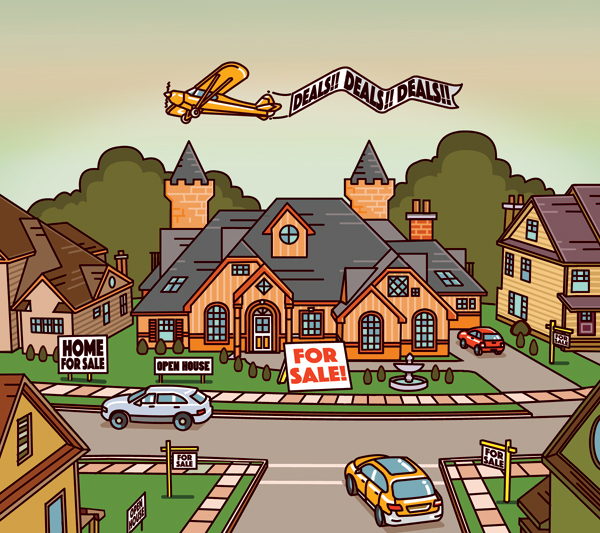
Twenty years ago, Hinsdale was the poster child for the teardown trend, garnering national attention as monstrous McMansions stomped out sweet 19th-century homes by the dozens. More than half of the housing stock in Hinsdale has been replaced since the late ’90s, estimates Jean Follett, a historic preservation consultant and former Hinsdale trustee. Residents who lamented the lost charm, though, are having the last laugh. The housing market in the tony western suburb is stagnating. One theory: Some of those now-dated homes aren’t budging.
This summer, houses took a sluggish 111 days to sell in Hinsdale, compared with 60 days in the entire Chicago metropolitan area, according to Redfin. As a result, in August there was nearly eight months’ worth of inventory, compared with 3.7 months for the metro area.
For one thing, the boom in million-dollar homes built during the ’90s and 2000s has shrunk the pool of buyers who can afford to live in Hinsdale, especially if they’re angling for a starter home, says Follett. And then there are the aesthetics: Many of the homes that linger sport bland tan hues and busy granite counters—finishes in style when they were built a couple of decades ago. (Quoth Mr. Big from another relic of the era, Sex and the City: “Everything in my apartment is now beige. Beige is bullshit.”)
It’s a rough combo if you’re trying to unload a house, says real estate broker Alex Haried, who lives in Hinsdale. Because the prices are high, he explains, developers and flippers can’t come in and make updates —the way they do in nearby Western Springs and Elmhurst—which would make a house sell quickly. That’s a problem, since most people want turnkey properties with on-trend touches like dark wood floors and quartz counters. If they don’t update interiors, sellers risk losing the attention of millennial buyers, who tend to pick fresh finishes over more square footage, says real estate broker Julie Sutton.
The ennui in the market shows in sale prices: While the median list price in September was $1.14 million, the average sale was a precipitously lower $750,000 (which leaves room in high-roller budgets for new quartz countertops).
Interestingly, one of the big points of contention at the inception of teardown fever—mammoth houses jammed onto disproportionately small lots—is pretty much a nonfactor in the current sales glut, Haried says. These days, less green space is accepted as the norm. Bigger is still better in Hinsdale—especially when it’s lined with shiplap.



